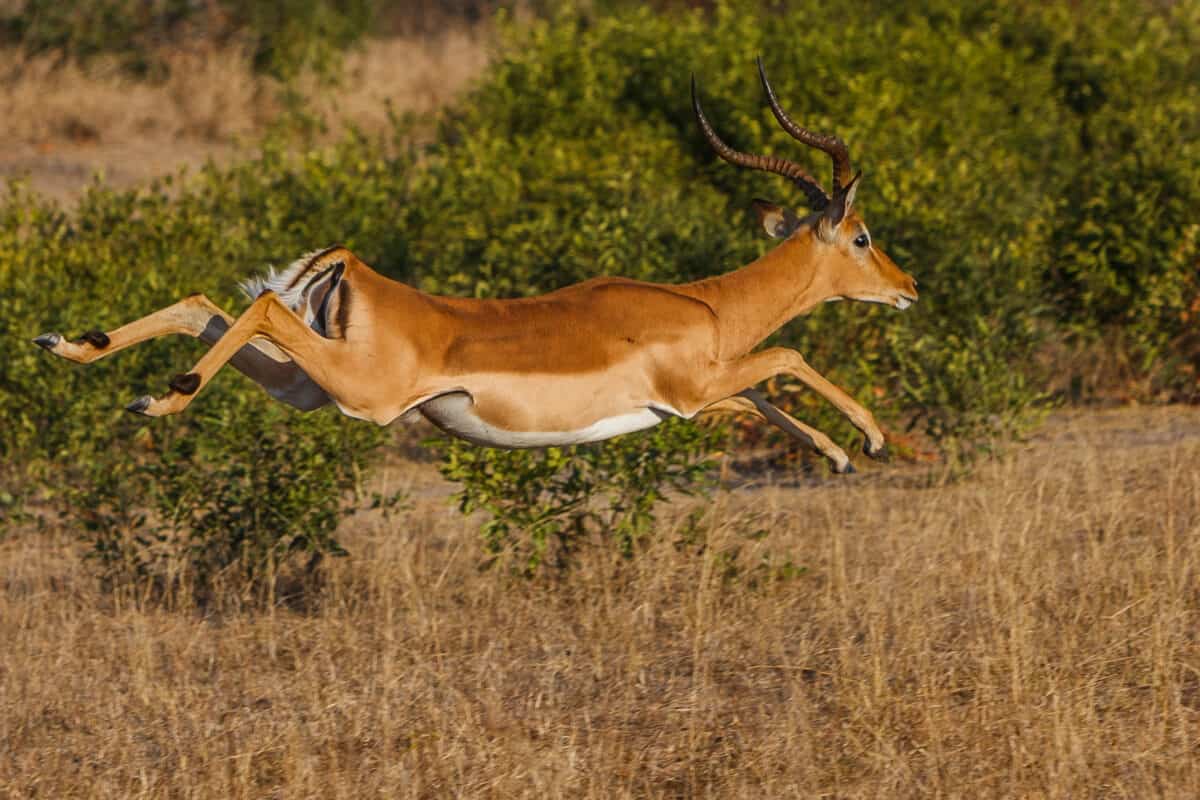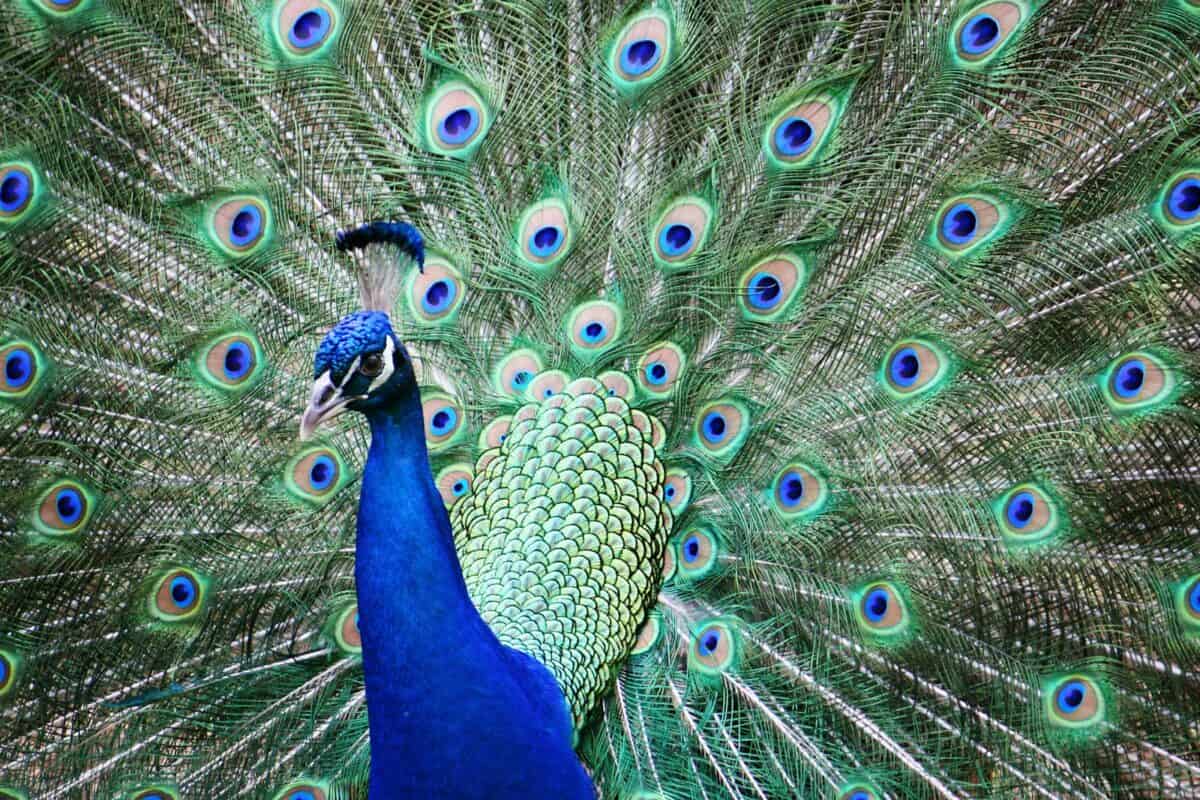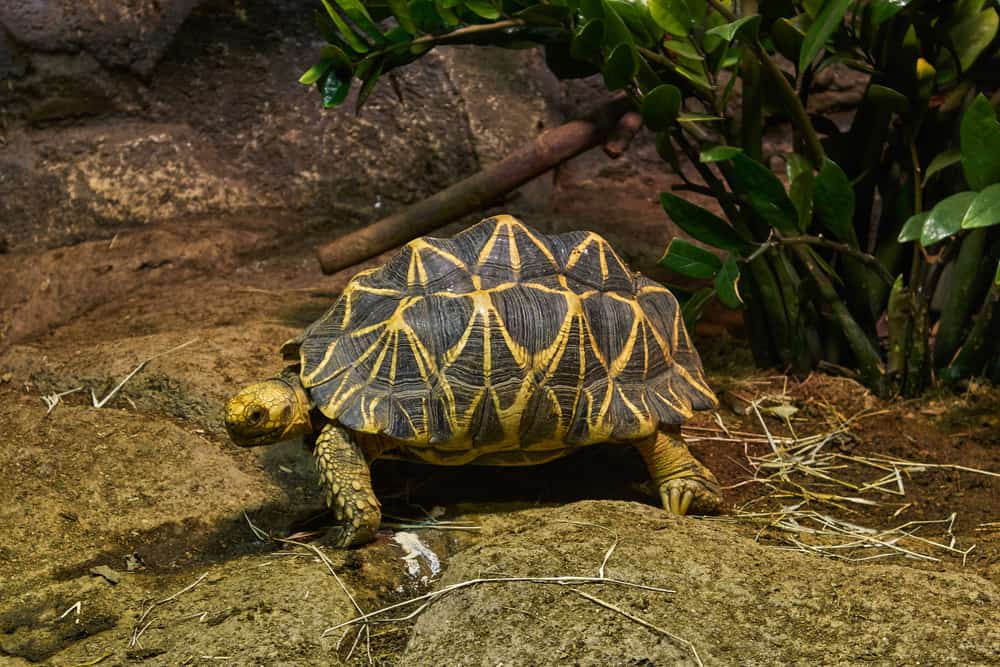With nature’s abundance of fascinating creatures, it is no surprise that the animal kingdom offers an exciting array of species, each with its own unique characteristics and behaviors. Delving into the realm of wildlife that starts with the letter ‘I’ brings us face-to-face with a diverse and remarkable collection of animals. This article will guide you through an exploration of 15 intriguing species, providing insights into their habitats, behaviors, and special traits. Whether scientifically inclined or simply curious, there’s something inherently captivating about these creatures.
Iguana

The Iguana is a prominent reptile known for its distinctive look and calm demeanor. Predominantly found in Central and South America, iguanas thrive in tropical environments. They are primarily herbivorous, feeding on leaves, flowers, and fruits. Their vibrant green coloration often helps them camouflage within the treetops, evading predators while basking in the sun for warmth and energy.
Impala

Impalas are charismatic antelopes native to Eastern and Southern Africa. Renowned for their agility and grace, these animals are capable of leaps up to 3 meters high and spans of 10 meters in length. Their reddish-brown coat with a lighter underside helps them blend seamlessly into the savanna landscape, offering a strategic advantage as they navigate their predator-rich environment.
Indri

The Indri is one of the largest living lemurs, endemic to Madagascar. This arboreal primate is known for its loud, distinctive calls that echo through the rainforest. Highly social, indris live in family groups and exhibit strong bonds. Unlike many other lemurs, the indri lacks a tail, which sets them apart physically and behaviorally within the primate community.
Ibis

The Ibis is a long-legged bird that inhabits wetlands, swamps, and marshes across the globe. With a distinctive down-curved bill, the ibis is adept at probing the mud for food, which usually consists of insects, fish, and crustaceans. Various species, including the sacred ibis of ancient Egyptian fame, play vital roles in their ecosystems as both predators and scavengers.
Indian Elephant

Indian Elephants are majestic creatures native to the Indian subcontinent. These gentle giants are slightly smaller than their African counterparts, possessing smaller ears and a more domed head. They form strong social alliances within herds, led by a matriarch. The Indian elephant is crucial to biodiversity, aiding in seed dispersal and habitat formation through their grazing habits.
Irish Wolfhound

As one of the largest dog breeds, the Irish Wolfhound boasts a rich history as a hunter and companion. With origins tracing back to ancient Ireland, this breed is characterized by its gentle nature and imposing stature. Despite their size, Irish Wolfhounds are known for their sweet and friendly temperament, making them cherished pets in households worldwide.
Ivory Gull

The Ivory Gull is a rare and striking bird that resides in the high Arctic regions. Easily identifiable by their pure white plumage, these gulls often follow polar bears to scavenge on leftover carcasses. The Ivory Gull is a strong flier capable of enduring the harsh polar climate, demonstrating remarkable resilience and adaptability to its extreme environment.
Impala Lily Frog

An unusual inhabitant of southern Africa, the Impala Lily Frog is a small, colorful amphibian with a penchant for residing in arid and sandy areas. Known for its striking coloration, resembling the impala lily flower, this frog is primarily nocturnal, using its vibrant appearance to ward off would-be predators during its night-time forays.
Indian Peafowl

The Indian Peafowl, more commonly known as the peacock, is celebrated for its iridescent plumage and majestic fan display. Native to the Indian subcontinent, male peafowls use their elaborate tail feathers to attract females during courtship displays. The peacock is a national symbol of India, representing beauty, grace, and pride throughout cultural contexts.
Inca Tern

Sporting a distinctive mustache of white feathers, the Inca Tern is a seabird found along the Humboldt Current from northern Peru to central Chile. These birds thrive along rocky coasts, where they dive expertly in pursuit of fish. The Inca Tern’s striking appearance and unique breeding call make it a fascinating subject for bird enthusiasts and researchers alike.
Indian Star Tortoise

Known for its intricate, star-like shell pattern, the Indian Star Tortoise is native to the arid regions of India and Sri Lanka. This tortoise has adapted to its environment by relying on a diet primarily composed of plant matter, including leaves and fruits. Their attractive shells often make them a target for the illegal pet trade, posing threats to their population stability.
Irrawaddy Dolphin

The Irrawaddy Dolphin is a freshwater species frequenting the coastal and freshwater environments of Southeast Asia. With its distinctive, rounded forehead and lack of beak, this dolphin is unique among marine mammals. Known for their cooperative fishing techniques with local humans, Irrawaddy dolphins are a symbol of harmony between wildlife and human community.
Inland Taipan

Reputed as the most venomous snake in the world, the Inland Taipan is a snake found in the arid areas of central Australia. Despite its lethal venom, known as taipoxin, encounters with humans are rare due to its reclusive nature. This snake’s venom quickly immobilizes prey, demonstrating an efficient evolutionary adaptation that secures its place at the top of the predator hierarchy.
Ia Moth

While not as renowned as their butterfly counterparts, Ia Moths are remarkable in their own right. With substantial biodiversity across various ecosystems, moths play essential roles as pollinators and as a food source for other creatures. Despite their humble appearance, their lifecycle offers intriguing insights into the vast web of life.
Ibex

The Ibex, a wild goat species, traverses the rugged mountain ranges of Europe and Asia. Known for their impressive, spiraled horns and sure-footed climbing abilities, ibexes are remarkably adapted to navigating steep, rocky terrains. These herbivores exhibit social behaviors within their herds and play critical roles in maintaining the ecological stability of their mountain habitats.
Conclusion

This diverse collection of animals and wildlife that start with the letter ‘I’ showcases the incredible adaptability and uniqueness found in nature. From the skies with the Inca Tern to the forested treetops inhabited by indris, each species contributes uniquely to the tapestry of life on Earth. Understanding and appreciating these animals highlight the importance of conservation and the need for sustained efforts to protect these incredible creatures and their habitats.
- Why Orcas Are Outwitting Great White Sharks Near the California Coast - August 9, 2025
- 12 Reasons Idahos Dogs Might Be the Happiest in the U.S. - August 9, 2025
- 14 Rare Horse Breeds You Didn’t Know About - August 9, 2025

